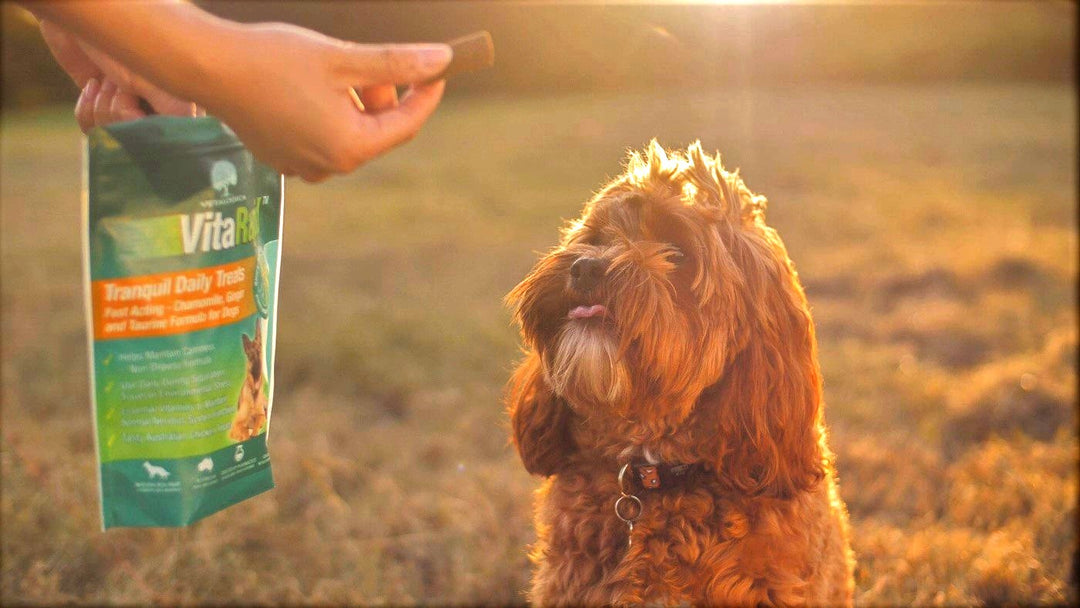Why Do Pets Have Whiskers?
Although their whiskers certainly aren't the first thing that come to mind when you think of your pet, their whiskers have a very significant function.
We wanted to learn why dogs and cats develop whiskers and how to maintain your pet’s whiskers in peak condition.
How do whiskers work?
The longer, thicker hairs on a dog and cat’s chin, above its eyes, and on the nose above the upper lip are called whiskers. Your pet’s whiskers may feel more rigid and coarse than other hair on their body.
Why do they need whiskers?
Even though they can be rather adorable, your pet’s whiskers serve more than just aesthetic purposes. Your dog or cat uses their whiskers to help it navigate around their immediate environment. They have the ability to pick up on things, motion, and even air changes.
Your dog might communicate with you through their whiskers as well. A dog's whiskers may rise when they are excited and joyful, giving the impression that they are delighted. Your dog may raise its whiskers in its direction if it feels threatened or anxious.
Do they grow back?
Yes, but please make sure whiskers are not plucked or trimmed since this can cause confusion.
How to maintain your pet's whiskers
The majority of the time, leaving your pet's whiskers alone is the greatest thing you can do for them! Avoid pulling off your pet’s whiskers since it might be uncomfortable. Additionally, it may make it harder for your dog or cat to communicate and navigate the environment, and it may even raise the possibility of eye damage.
This is due to the possibility that your pet's sensitive whiskers may detect garbage as it is falling through the air. Your pet may shield their eyes from harm if they are shaking the dust from their whiskers.
Therefore, although though your pet’s whiskers are a minor part of their body and something you may not usually see, they play a huge role in helping your pet navigate.











Leave a comment